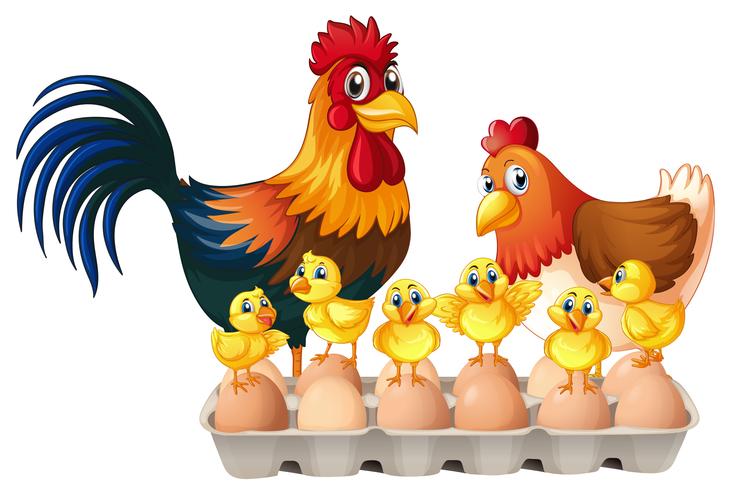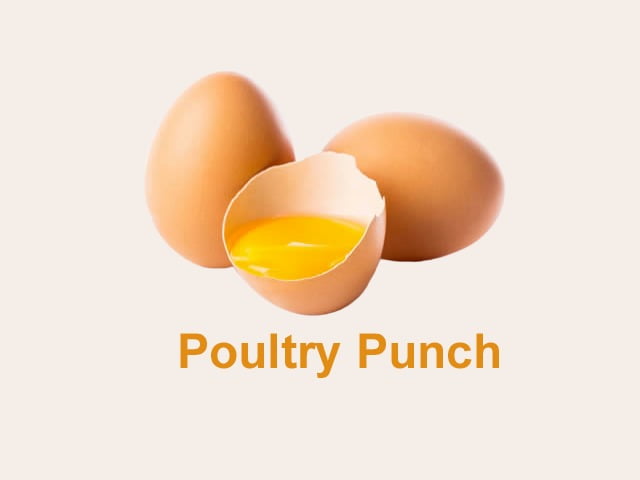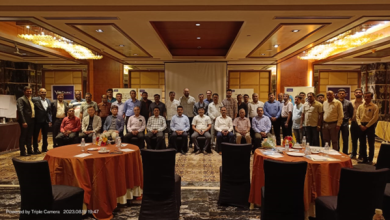A Brief Overview on Major Poultry Diseases in Rainy Season
N. bahariyal, S. Sathapathyl*, N. Chaudhuryl, S. Yadav2 and S.K.Joshi3 lbepartment of Anatomy and Histology, CVSc. & A.H., OUAT, Bhubaneswar – 751 003 2Department of Veterinary Surgery and Radiology, CVSc. & A.H., OUAT, Bhubaneswar – 751 003 3Scientist (Animal Science), KVK, Jharsuguda, OUAT, Bhubaneswar – 751 003
Introduction:
Poultry birds and poultry production are generally affected by seasonal climatic or weather changes. In most cases, when the cold conditions are extreme, the birds become stressed and this affects their production and ability to withstand diseases through immunosuppression leading to reduction in egg production. Further, the cold and wet seasons trigger various pathogenic and parasitic diseases causing heavy losses. The age of birds also plays a role as different age groups have unique requirements and abilities to survive the weather changes. Birds under two months of age and those over six months of age are more susceptible to infectious diseases. Common disease symptoms during this season include respiratory distress, nervousness, diarrhoea, loss of appetite, ruffled feathers, swollen face and prostration. These observable symptoms may be associated with several diseases making it difficult to carry out a differential diagnosis from other related diseases.
Major poultry diseases encountered in rainy season
a. Fowl Pox: Caused by pox virus, Fowl Pox is really contagious and can cause death in chicken. Mosquitoes and other blood-sucking insects are the main agent for this disease in rainy season. The clinical signs of this disease include lesions on the wattle, face, comb, and sometimes on the legs. In the worst cases, pox virus can trigger lesions in the throat that can make the chicken suffocate.
b. Fowl Cholera: Fowl Pox is caused by bacteria called Pasteurella multocida. The clinical signs include diarrhoea, appetite loss, anorexia, inflammation and color-changing in combs and wattles, drop in egg production.
c. Infectious Bursal Disease (Gumboro disease): This is one kind of viral infections among immature birds, which are as old as 3 to 18 weeks. Usually, this disease targets the bursal component of the immune system of the chicken that can cause immune-suppression and susceptibility to secondary infections. The clinical signs include severe prostration, in-coordination, watery diarrhoea, soiled vent feathers, vent picking and inflammation of the cloaca.
d. Escherichia coli, Salmonella, Aspergillus infections: The Gumboro disease makes the bird susceptible to the infections caused by other bacteria like Escherichia coli and Salmonella. The common symptoms from these infections are breathing difficulties, appetite loss, depression, umbilical stump infection and low growth rates.
There are also threats from fungus, like Aspergillus spp. as the foods and litter can get damp during rainy season. This fungus infection can trigger lesions that look like green and yellow nodules which fill the lungs, causing respiratory discomfort.
e. Coccidiosis: Coccidiosis is caused by protozoan Eimeria spp. in poultry. Coccidia are distributed worldwide in poultry, game birds reared in captivity, and wild birds. The infectious process is rapid (4-7 days) and is characterized by parasite replication in host cells with extensive damage to the intestinal mucosa. Poultry coccidia are generally host-specific. In game birds, including quail, the coccidia they parasitize the entire intestinal tract. The wet litter and the hot pen temperature commonly observed in the rainy season favours the sporulation of the coccidian oocyst and therefore, the outbreak of coccidiosis.
Management of flock during cold period
• During the cold period, birds increase their level of feed intake to generate heat and stay warm. To reduce costs and avoid wastage, energy rich sources like oil/fat should be added to the diet or level of other nutrients may be reduced keeping the energy at same level.
• In free-range system, provide supplementary feeding to the birds to meet their nutrient deficit. Consider providing your birds with warm water periodically during this rainy season to encourage consumption and help them keep warm without using up energy reserved in the process.
• With the rain, birds may encounter standing water and end-up drinking from the ground leading to parasitic infestation from intestinal worms. De-wormers administered after every three months help in management of worms.
• Poultry house should be designed in such a way that it provides all the comfort required by birds during cold season with proper ventilation. In regions where it rains heavily, the floor should be raised with a generous roof overhang, particularly over the entrance. The raised floor can be a solid platform of earth to prevent floods. Orientation of a building with respect to wind and sun consequently influence temperature, and light on different external surfaces.



